When it comes to designing a kitchen, one of the most crucial elements to consider is the choice of floor and wall tiles. The right tiles can completely transform the look and feel of a kitchen, adding style, functionality, and durability. With a wide variety of options available in the market, choosing the perfect floor and wall tiles for your kitchen can be a daunting task. In this article, we will delve into the world of floor and wall tiles for kitchens, exploring the different types, styles, and benefits they offer to help you make an informed decision for your kitchen renovation or new build project. Floor and wall tiles play a crucial role in the overall aesthetic appeal of a kitchen. They not only provide a protective layer against spills, stains, and moisture but also add texture, color, and pattern to the space. Whether you prefer a sleek modern look, a rustic farmhouse style, or a classic timeless design, there is a wide range of floor and wall tiles available to suit every taste and budget. When it comes to kitchen flooring, durability is key. The kitchen is a high-traffic area that is prone to spills, stains, and heavy foot traffic, so choosing the right floor tiles that can withstand the demands of daily use is essential. Porcelain tiles are a popular choice for kitchen floors due to their durability, water-resistance, and low maintenance requirements. Porcelain tiles are made from high-quality clay that is fired at high temperatures, resulting in a dense and hard-wearing tile that is ideal for kitchen floors. Another popular option for kitchen flooring is ceramic tiles. Ceramic tiles are available in a wide range of colors, patterns, and finishes, making them a versatile choice for any kitchen design. Ceramic tiles are durable, easy to clean, and relatively affordable, making them a practical choice for kitchen flooring. They are also resistant to stains, scratches, and fading, making them a long-lasting option for your kitchen floor. For a more luxurious look, natural stone tiles such as marble, granite, or travertine can add a touch of elegance and sophistication to your kitchen. Natural stone tiles are available in a variety of colors and patterns, each with its unique veining and texture. While natural stone tiles are more expensive than ceramic or porcelain tiles, they can add value to your home and create a stunning focal point in your kitchen. In addition to the material, the size and layout of the floor tiles can also impact the overall look of your kitchen. Large-format tiles, such as 24×24 or 12×24 tiles, can create a sense of continuity and spaciousness in a small kitchen, while smaller mosaic tiles can add visual interest and texture to a larger kitchen.
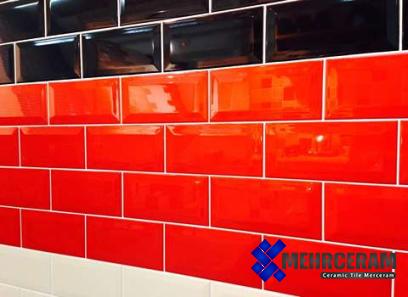
.
 The choice of grout color, finish, and layout pattern can also influence the final look of your kitchen floor, so it’s essential to consider these factors when selecting floor tiles for your kitchen. Moving on to kitchen wall tiles, they serve both a functional and aesthetic purpose. Wall tiles protect the walls from splashes, stains, and grease while adding a decorative element to the space. Subway tiles are a timeless choice for kitchen walls, with their classic rectangular shape and beveled edges adding a touch of vintage charm to any kitchen design. Subway tiles are available in a variety of colors and finishes, making them a versatile option for kitchen backsplashes and walls. Another popular trend in kitchen wall tiles is the use of patterned or textured tiles to create visual interest and depth. Moroccan-inspired tiles, geometric patterns, and embossed designs can add a unique touch to your kitchen walls, making them a focal point of the space. Textured tiles such as hexagon, fish scale, or arabesque shapes can create a three-dimensional effect on the walls, adding a modern and artistic flair to your kitchen design. In addition to the design and style of the wall tiles, the grout color, thickness, and layout pattern can also impact the overall look of your kitchen walls. Contrasting grout can make the tiles pop and create a bold statement, while matching grout can create a seamless and cohesive look. The choice of grout color, whether white, grey, black, or colored, can influence the final aesthetic of your kitchen walls, so it’s essential to consider this when selecting wall tiles for your kitchen. When it comes to the installation of floor and wall tiles in the kitchen, hiring a professional tile installer is highly recommended to ensure a perfect and long-lasting finish. A skilled tile installer will prepare the subfloor, apply the adhesive, lay the tiles with precision, and grout the joints to create a seamless and waterproof surface. Proper installation is crucial to the durability and longevity of the tiles, so investing in professional installation is a wise decision for your kitchen renovation project.
The choice of grout color, finish, and layout pattern can also influence the final look of your kitchen floor, so it’s essential to consider these factors when selecting floor tiles for your kitchen. Moving on to kitchen wall tiles, they serve both a functional and aesthetic purpose. Wall tiles protect the walls from splashes, stains, and grease while adding a decorative element to the space. Subway tiles are a timeless choice for kitchen walls, with their classic rectangular shape and beveled edges adding a touch of vintage charm to any kitchen design. Subway tiles are available in a variety of colors and finishes, making them a versatile option for kitchen backsplashes and walls. Another popular trend in kitchen wall tiles is the use of patterned or textured tiles to create visual interest and depth. Moroccan-inspired tiles, geometric patterns, and embossed designs can add a unique touch to your kitchen walls, making them a focal point of the space. Textured tiles such as hexagon, fish scale, or arabesque shapes can create a three-dimensional effect on the walls, adding a modern and artistic flair to your kitchen design. In addition to the design and style of the wall tiles, the grout color, thickness, and layout pattern can also impact the overall look of your kitchen walls. Contrasting grout can make the tiles pop and create a bold statement, while matching grout can create a seamless and cohesive look. The choice of grout color, whether white, grey, black, or colored, can influence the final aesthetic of your kitchen walls, so it’s essential to consider this when selecting wall tiles for your kitchen. When it comes to the installation of floor and wall tiles in the kitchen, hiring a professional tile installer is highly recommended to ensure a perfect and long-lasting finish. A skilled tile installer will prepare the subfloor, apply the adhesive, lay the tiles with precision, and grout the joints to create a seamless and waterproof surface. Proper installation is crucial to the durability and longevity of the tiles, so investing in professional installation is a wise decision for your kitchen renovation project.
..
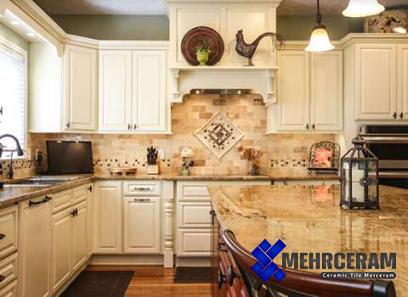 In conclusion, floor and wall tiles play a vital role in the design and functionality of a kitchen. From durable porcelain tiles to luxurious natural stone tiles, there is a wide range of options available to suit every style and budget. Whether you prefer a classic subway tile backsplash or a modern geometric wall design, choosing the right floor and wall tiles can elevate the look of your kitchen and add value to your home. By considering factors such as material, size, layout, design, and installation, you can create a stunning and practical kitchen that reflects your personal style and taste. So, when it comes to renovating or designing your kitchen, don’t underestimate the power of floor and wall tiles in transforming your space into a beautiful and functional masterpiece. When selecting floor and wall tiles for your kitchen, it’s essential to consider both aesthetic appeal and practicality. The choices you make can greatly impact the overall look and feel of the space, as well as its durability and ease of maintenance. By understanding the different options available and their respective benefits, you can make an informed decision that not only meets your design preferences but also suits your lifestyle and budget. In modern kitchen design, the trend of mixing materials and textures has become increasingly popular. This approach allows for a more personalized and eclectic look that reflects the homeowner’s unique style. For example, combining different types of floor and wall tiles can create visual interest and variety, adding depth and dimension to the kitchen space. Consider using a mix of materials such as porcelain, ceramic, natural stone, or even glass tiles to create a one-of-a-kind look that showcases your creativity and design aesthetic. Another important factor to consider when choosing floor and wall tiles for your kitchen is maintenance. Different types of tiles require varying levels of care and upkeep to ensure they remain in top condition over time. Porcelain and ceramic tiles are generally low-maintenance and easy to clean, making them ideal for busy households or those who prefer a fuss-free cleaning routine. Natural stone tiles, on the other hand, may require periodic sealing to protect them from stains and water damage, so it’s essential to factor in this maintenance requirement when selecting these tiles for your kitchen. In addition to material and maintenance considerations, color plays a crucial role in the overall design of your kitchen.
In conclusion, floor and wall tiles play a vital role in the design and functionality of a kitchen. From durable porcelain tiles to luxurious natural stone tiles, there is a wide range of options available to suit every style and budget. Whether you prefer a classic subway tile backsplash or a modern geometric wall design, choosing the right floor and wall tiles can elevate the look of your kitchen and add value to your home. By considering factors such as material, size, layout, design, and installation, you can create a stunning and practical kitchen that reflects your personal style and taste. So, when it comes to renovating or designing your kitchen, don’t underestimate the power of floor and wall tiles in transforming your space into a beautiful and functional masterpiece. When selecting floor and wall tiles for your kitchen, it’s essential to consider both aesthetic appeal and practicality. The choices you make can greatly impact the overall look and feel of the space, as well as its durability and ease of maintenance. By understanding the different options available and their respective benefits, you can make an informed decision that not only meets your design preferences but also suits your lifestyle and budget. In modern kitchen design, the trend of mixing materials and textures has become increasingly popular. This approach allows for a more personalized and eclectic look that reflects the homeowner’s unique style. For example, combining different types of floor and wall tiles can create visual interest and variety, adding depth and dimension to the kitchen space. Consider using a mix of materials such as porcelain, ceramic, natural stone, or even glass tiles to create a one-of-a-kind look that showcases your creativity and design aesthetic. Another important factor to consider when choosing floor and wall tiles for your kitchen is maintenance. Different types of tiles require varying levels of care and upkeep to ensure they remain in top condition over time. Porcelain and ceramic tiles are generally low-maintenance and easy to clean, making them ideal for busy households or those who prefer a fuss-free cleaning routine. Natural stone tiles, on the other hand, may require periodic sealing to protect them from stains and water damage, so it’s essential to factor in this maintenance requirement when selecting these tiles for your kitchen. In addition to material and maintenance considerations, color plays a crucial role in the overall design of your kitchen.
…
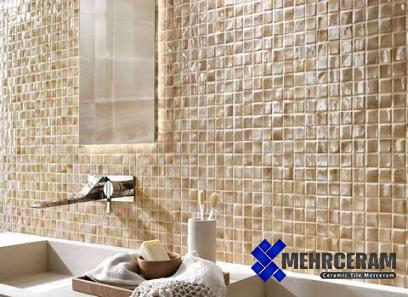 Light-colored tiles can make a small kitchen feel more spacious and bright, creating a fresh and airy ambiance. On the other hand, dark-colored tiles can add drama and sophistication to a larger kitchen, creating a cozy and intimate atmosphere. The color of the tiles can also impact the perceived temperature of the space, with cool-toned tiles creating a sense of calm and tranquility, while warm-toned tiles evoke a feeling of comfort and coziness. When it comes to choosing the right floor and wall tiles for your kitchen, it’s essential to consider the overall design aesthetic you want to achieve. Whether you prefer a sleek and modern look, a rustic and cozy feel, or a timeless and classic style, there are tiles available to complement any design theme. Mixing and matching different tiles, colors, and patterns can help you create a customized and unique kitchen space that reflects your personality and taste. To enhance the visual appeal of your kitchen, consider incorporating accent tiles or decorative elements into the design. These could be a mosaic border, a patterned medallion, or a decorative inset that adds a focal point to the floor or wall. Accent tiles can be used to create a striking feature or to tie together the different elements of your kitchen design, adding interest and character to the space. Lastly, don’t forget to consider the lighting in your kitchen when selecting floor and wall tiles. Lighting can dramatically impact the way tiles look and feel in a space, so it’s essential to consider natural light, artificial lighting, and the placement of light fixtures when choosing tiles. Light-colored tiles can reflect light and brighten up a dark kitchen, while dark-colored tiles can absorb light and create a more intimate ambiance. Experiment with different lighting options to see how they interact with the tiles and choose the ones that best enhance the overall design of your kitchen. In conclusion, floor and wall tiles are a critical component of kitchen design that can elevate the look and functionality of the space. By considering factors such as material, color, maintenance, design aesthetic, and lighting, you can select the perfect tiles that suit your style and meet your practical needs. Whether you opt for durable porcelain tiles, luxurious natural stone tiles, or trendy patterned designs, the right floor and wall tiles can transform your kitchen into a beautiful and inviting space that you’ll enjoy for years to come. So, take your time to explore the options available, visualize your ideal kitchen design, and choose the tiles that will bring your vision to life.
Light-colored tiles can make a small kitchen feel more spacious and bright, creating a fresh and airy ambiance. On the other hand, dark-colored tiles can add drama and sophistication to a larger kitchen, creating a cozy and intimate atmosphere. The color of the tiles can also impact the perceived temperature of the space, with cool-toned tiles creating a sense of calm and tranquility, while warm-toned tiles evoke a feeling of comfort and coziness. When it comes to choosing the right floor and wall tiles for your kitchen, it’s essential to consider the overall design aesthetic you want to achieve. Whether you prefer a sleek and modern look, a rustic and cozy feel, or a timeless and classic style, there are tiles available to complement any design theme. Mixing and matching different tiles, colors, and patterns can help you create a customized and unique kitchen space that reflects your personality and taste. To enhance the visual appeal of your kitchen, consider incorporating accent tiles or decorative elements into the design. These could be a mosaic border, a patterned medallion, or a decorative inset that adds a focal point to the floor or wall. Accent tiles can be used to create a striking feature or to tie together the different elements of your kitchen design, adding interest and character to the space. Lastly, don’t forget to consider the lighting in your kitchen when selecting floor and wall tiles. Lighting can dramatically impact the way tiles look and feel in a space, so it’s essential to consider natural light, artificial lighting, and the placement of light fixtures when choosing tiles. Light-colored tiles can reflect light and brighten up a dark kitchen, while dark-colored tiles can absorb light and create a more intimate ambiance. Experiment with different lighting options to see how they interact with the tiles and choose the ones that best enhance the overall design of your kitchen. In conclusion, floor and wall tiles are a critical component of kitchen design that can elevate the look and functionality of the space. By considering factors such as material, color, maintenance, design aesthetic, and lighting, you can select the perfect tiles that suit your style and meet your practical needs. Whether you opt for durable porcelain tiles, luxurious natural stone tiles, or trendy patterned designs, the right floor and wall tiles can transform your kitchen into a beautiful and inviting space that you’ll enjoy for years to come. So, take your time to explore the options available, visualize your ideal kitchen design, and choose the tiles that will bring your vision to life.
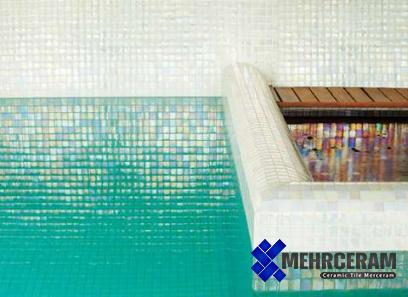
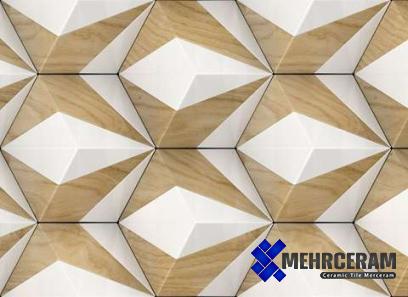
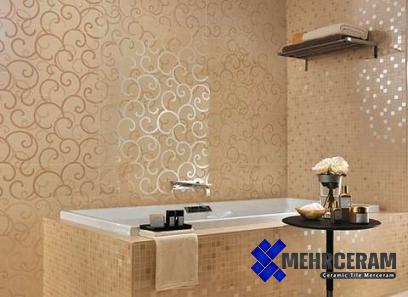
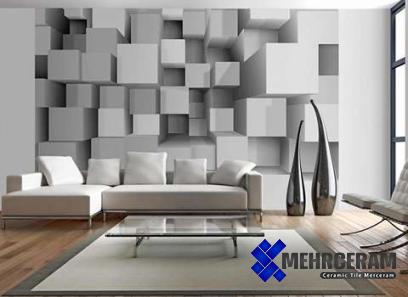
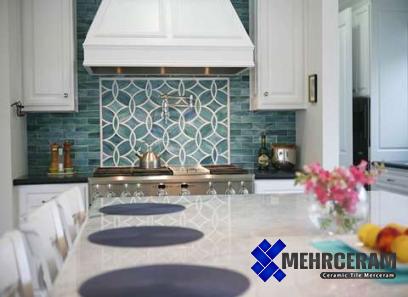
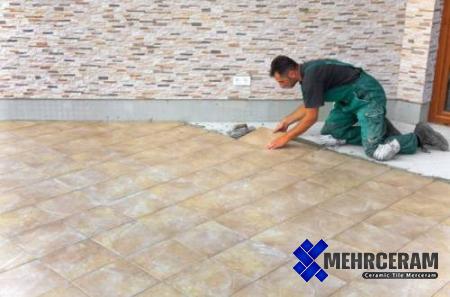

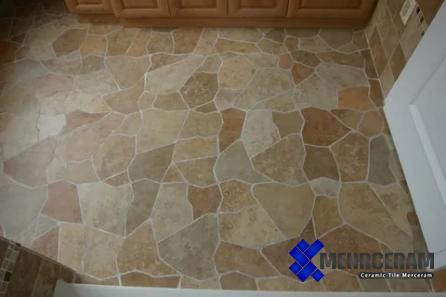
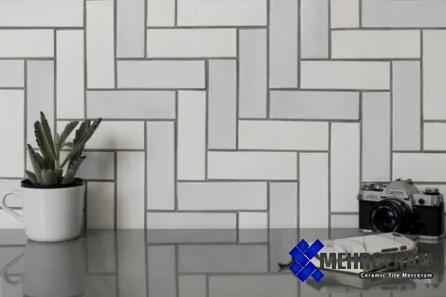
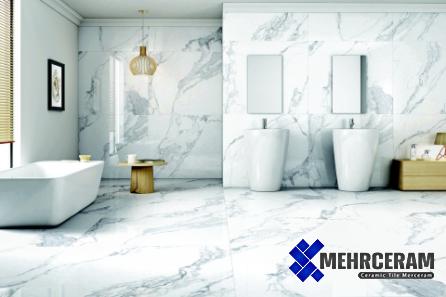
Your comment submitted.